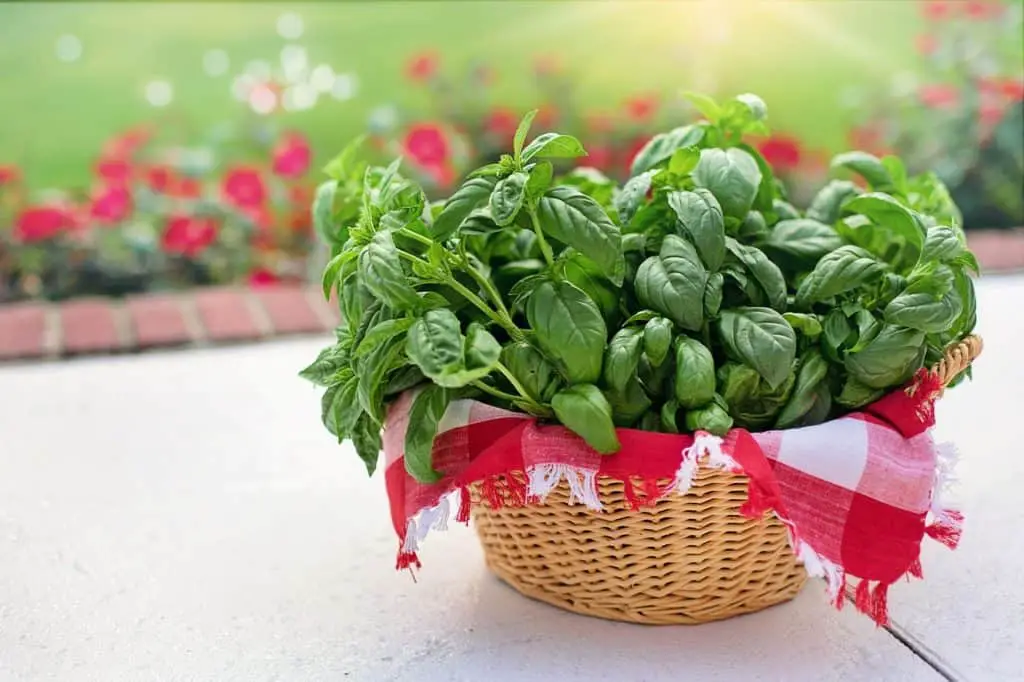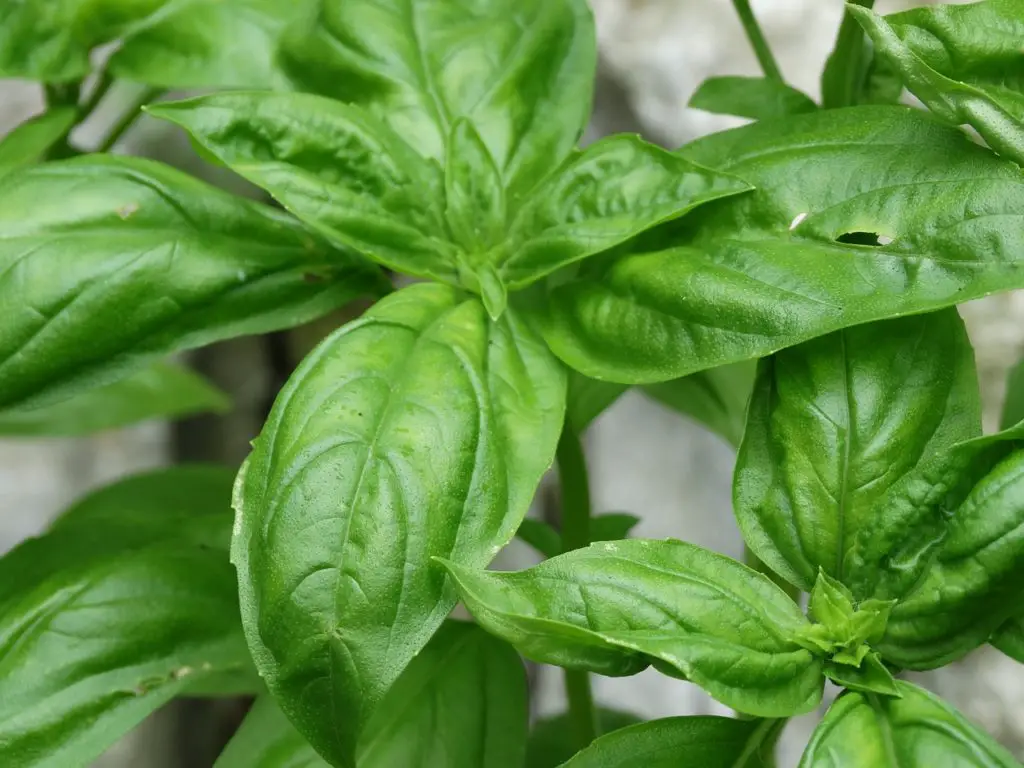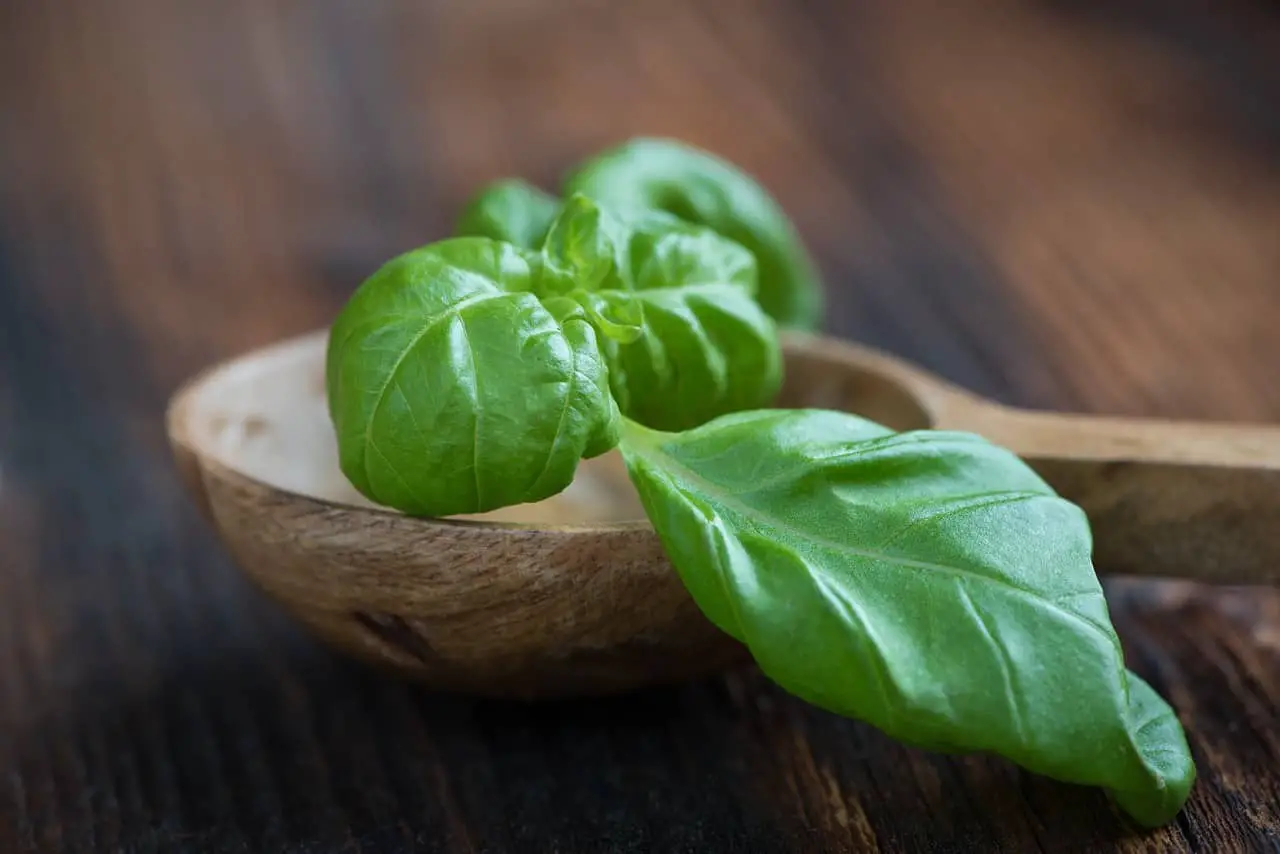
Basil, an aromatic herb cherished for its flavorful leaves, typically has a shallow root system, extending 6 to 12 inches below the soil surface. This fibrous network efficiently absorbs nutrients and water, supporting the plant’s lush, green foliage and robust growth in well-drained, fertile soils.
Basil Root System Explained
Basil has a fibrous root system, characterized by numerous fine, branching roots spreading out from the base of the stem. This system allows the plant to efficiently absorb water and nutrients from the soil. The roots generally grow shallow and wide, extending horizontally more than they do deeply. This shallow nature makes basil sensitive to water stress, requiring consistent moisture but also well-draining soil to prevent waterlogging. Proper soil aeration is crucial for the health of the root system, promoting strong and healthy plant growth. Mulching can help retain soil moisture and temperature, supporting the delicate root structure.
How Deep Are Basil Roots
Basil roots are relatively shallow and can extend to a depth of 6-8 inches. However, the majority of the root system is concentrated in the top 2-3 inches of soil. Basil plants have a fibrous root system, meaning that they have many small roots rather than a few large ones. This makes them excellent at absorbing nutrients and water from the soil. The shallow root system also means that basil plants should be watered frequently, as the roots can dry out quickly if the soil is too dry.
How Deep Do Basil Roots Grow
Basil roots typically grow to a depth of 8-12 inches in soil. However, the depth of the roots may vary depending on various factors such as the type of soil, water availability, and the size of the container (if grown in a pot). Basil has a fibrous root system, which means it has a network of small, fine roots that spread out horizontally in the soil.
It’s important to note that basil is a shallow-rooted plant and is prone to root rot if the soil is waterlogged or does not drain well. To prevent this, make sure to provide adequate drainage and avoid overwatering the plant. If you do overwater the plant the likelihood of pests or diseases afflicting it will increase, and then you have a lot more problems on your hands.
If you’re planning to grow basil in a pot, it’s recommended to use a container that is at least 6-8 inches deep to allow sufficient space for the roots to grow. It’s also a good idea to check the soil moisture regularly and water the plant only when the top inch of the soil feels dry to the touch.
How To Store Basil With Roots
Storing basil with roots intact extends its freshness. Trim the basil’s lower leaves and place the stems in a jar filled with water, similar to a bouquet of flowers. Keep the jar in a cool, bright spot, avoiding direct sunlight. Change the water every few days to prevent bacterial growth. For longer storage, loosely cover the basil with a plastic bag to create a mini-greenhouse effect, maintaining humidity and freshness. This method keeps basil vibrant for up to two weeks. Avoid refrigerating, as cold temperatures can cause basil leaves to blacken and wilt rapidly.

Taking Care Of Basil Roots
How To Keep Basil That Has Roots On It
To keep basil with roots fresh, place the stems in water like a bouquet. Choose a cool, bright location away from direct sunlight. Refresh the water every couple of days to prevent bacterial growth. Optionally, cover loosely with a plastic bag to retain humidity. This method can maintain basil’s freshness for up to two weeks, avoiding the cold temperatures of a refrigerator which can damage the leaves.
Does Basil Like To Be Root Bound
Basil generally does not prefer to be root-bound, as restricted root growth can limit its overall health and productivity. While some stress can stimulate flowering, excessive root confinement in pots can lead to water and nutrient deficiencies, stunted growth, and lower leaf yield. For optimal growth, basil should be transplanted into larger pots or the ground before it becomes severely root-bound.
Should I Trim Long Basil Roots
Trimming long basil roots can be beneficial when repotting to encourage new root growth and improve plant health. If roots are circling the pot or appear crowded, gently prune them back by about one-third. This stimulates the plant to produce fresh roots, enhancing nutrient and water uptake. Ensure you use clean, sharp scissors to avoid damaging the roots, and repot the basil in fresh, nutrient-rich soil to support its recovery and growth.
FAQ
How Long Should Basil Roots Be Before Planting?
Basil roots should be at least 2-3 inches long before planting. This ensures that the roots have enough time to develop and establish themselves before being transplanted into the ground or a pot.
When Should I Repot My Basil?
Basil plants should be repotted when they outgrow their container or once every 1-2 years. Signs that your basil needs to be repotted include roots growing out of the bottom of the pot, wilting leaves, or slow growth. When repotting, make sure to use a pot that is at least 2-3 inches larger than the current one and fill it with fresh potting soil.
Can Basil Roots Damage Foundation Or Pipe
Basil roots are relatively shallow and not known to cause damage to foundations or pipes. They lack the strength and depth to penetrate or disrupt solid structures, making basil safe to plant near buildings and garden infrastructure.

